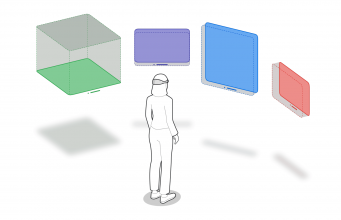The Malaysian government has officially increased its target for EV charging bays powered by DC fast chargers (DCFCs). This was confirmed by the Minister of Investment, Trade, and Industry, Tengku Zafrul Aziz through social media.
The overall target remains at 10,000 charging spots
According to Tengku Zafrul, the National EV Steering Committee (NEVSC) has agreed to increase the DCFCs charging bay target from 1,000 to 1,500.
However, the overall national target is still the same at 10,000 bays by 2025. This target which originally consisted of 9,000 AC and 1,000 DC charging points was set in 2021 through the Low Carbon Mobility Blueprint 2021 – 2030.
This means the government still prioritises AC chargers over DCFC despite what we heard earlier this year. The minister has also said that the total amount of EV charging bays throughout Malaysia as of March 2024 stands at 2,288 which are being powered by 268 chargers.
EV Battery Passport is now under NEVSC’s radar

Tengku Zafrul also said that the concept of EV Battery Passport has also been discussed during the recent NEVSC meeting. Under this concept, all EV batteries should have an ID which allows them to be identified at the end of their life for recycling purposes.
The minister did not provide in-depth details regarding the concept but it is possible that the government may be looking at what the European Union (EU) has implemented. The EU has mandated that starting from February 2027, a digital battery passport must accompany all EV batteries with capacities over 2kWh.
The passport will be accessible to the public via the QR code that is going to be placed directly on the battery. It will contain several vital information including carbon footprint, material composition, recycled content, rated capacity, expected battery lifetime, and many more.







